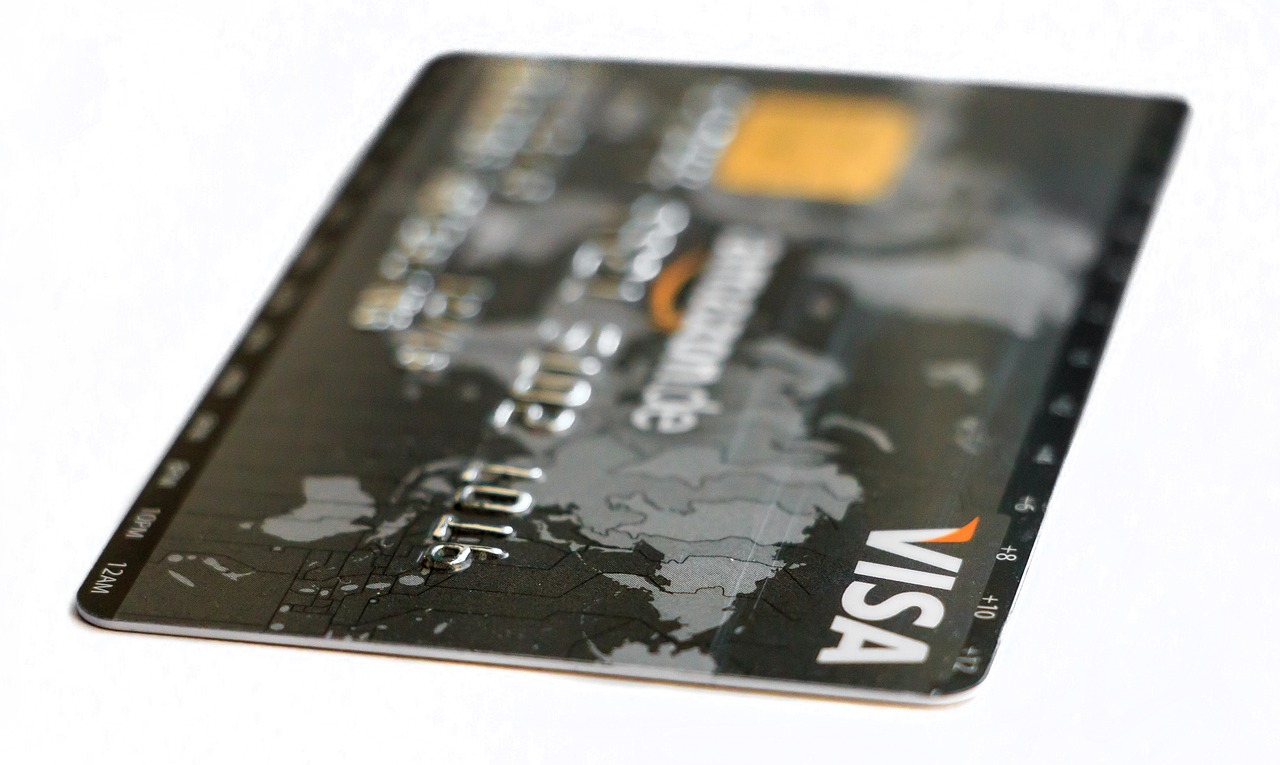Budget planning can often feel like navigating a complex maze, but it’s the key to unlocking financial stability and achieving your long-term goals. Whether you’re saving for a down payment on a house, planning for retirement, or simply trying to get a better handle on your spending, a well-structured budget is your best friend. This guide will walk you through the essential steps of effective budget planning, offering practical advice and actionable strategies to help you take control of your finances.
Understanding the Importance of Budgeting
Why is Budgeting Crucial?
Creating and sticking to a budget offers a multitude of benefits that extend far beyond simply tracking your income and expenses. It’s about building a solid financial foundation.
- Gain Control Over Your Finances: A budget allows you to see exactly where your money is going, empowering you to make informed decisions and reduce unnecessary spending.
- Achieve Financial Goals: Whether it’s saving for a vacation, paying off debt, or investing, a budget helps you allocate funds strategically towards your objectives.
- Reduce Financial Stress: Knowing your financial situation and having a plan in place can significantly alleviate anxiety and improve your overall well-being.
- Prepare for Unexpected Expenses: A budget can help you build an emergency fund to handle unexpected costs like medical bills or car repairs.
Common Budgeting Myths Debunked
Many people avoid budgeting due to common misconceptions. Let’s dispel some of those myths:
- Myth: Budgeting is Restrictive: A well-designed budget isn’t about deprivation; it’s about making conscious choices about how you spend your money. It allows you to prioritize what’s important to you.
- Myth: Budgeting is Only for People in Debt: Budgeting is beneficial for everyone, regardless of their financial situation. It helps you manage your money effectively and build wealth.
- Myth: Budgeting is Too Time-Consuming: While it requires some initial effort, budgeting tools and apps can streamline the process. Plus, the long-term benefits outweigh the time investment.
Creating Your Budget: A Step-by-Step Guide
Step 1: Calculate Your Income
The first step is to determine your total income. This includes all sources of revenue, such as:
- Salary or Wages: Include your net income (after taxes and deductions).
- Freelance Income: If you’re self-employed, factor in any income from freelance work or side hustles. Remember to account for taxes. A good rule of thumb is to set aside 25-30% for taxes.
- Investment Income: Include any dividends, interest, or rental income you receive.
- Other Income: Factor in any additional sources of income, such as alimony or child support.
For variable income, calculate an average over the past 3-6 months to get a more accurate representation.
Step 2: Track Your Expenses
This is where you identify how you’re currently spending your money. You can track your expenses using:
- Budgeting Apps: Mint, YNAB (You Need a Budget), and Personal Capital are popular options that automatically track your transactions.
- Spreadsheets: Create a spreadsheet to manually track your expenses. This gives you more control over the categories and data.
- Notebook: While less efficient, a notebook can be used to jot down expenses as you go.
Categorize your expenses into:
- Fixed Expenses: These are consistent expenses that remain the same each month, such as rent/mortgage, insurance premiums, and loan payments.
- Variable Expenses: These expenses fluctuate each month, such as groceries, utilities, transportation, and entertainment.
- Periodic Expenses: These expenses occur less frequently, such as annual subscriptions, car maintenance, and holiday gifts. Save a portion of each month to cover those when they arise.
Step 3: Analyze Your Spending Habits
Once you’ve tracked your expenses for a month or two, analyze where your money is going. Identify areas where you can cut back or make adjustments.
- Identify Overspending: Are you spending too much on eating out or entertainment?
- Look for Recurring Expenses: Are there any subscriptions or services you no longer use?
- Compare to Budgeting Rules: See how your current spending aligns with popular budgeting rules like the 50/30/20 rule.
Step 4: Create Your Budget Categories and Allocate Funds
Based on your income and expenses, create your budget categories and allocate funds to each category. Here are some common budget categories:
- Housing: Rent/Mortgage, Property Taxes, Home Insurance
- Transportation: Car Payments, Gas, Insurance, Maintenance
- Food: Groceries, Eating Out
- Utilities: Electricity, Water, Gas, Internet, Phone
- Healthcare: Insurance Premiums, Medical Expenses
- Debt Repayment: Credit Card Payments, Loan Payments
- Savings: Emergency Fund, Retirement, Investments
- Personal: Entertainment, Clothing, Hobbies
- Example:
Let’s say your monthly net income is $4,000. Using the 50/30/20 rule:
- Needs (50%): $2,000 (Housing, Utilities, Transportation, Food)
- Wants (30%): $1,200 (Entertainment, Dining Out, Hobbies)
- Savings & Debt (20%): $800 (Emergency Fund, Retirement Contributions, Debt Payments)
Adjust these percentages based on your personal circumstances and financial goals.
Budgeting Methods and Strategies
The 50/30/20 Rule
This popular budgeting method allocates 50% of your income to needs, 30% to wants, and 20% to savings and debt repayment.
- Needs: Essential expenses like housing, transportation, and food.
- Wants: Non-essential expenses like dining out, entertainment, and hobbies.
- Savings & Debt: Emergency fund, retirement contributions, and debt payments.
Zero-Based Budgeting
With zero-based budgeting, every dollar of your income is assigned a purpose, ensuring that your income minus your expenses equals zero.
- Allocate Every Dollar: Assign every dollar to a specific category.
- Track Your Progress: Monitor your spending closely to ensure you’re sticking to your budget.
- Adjust as Needed: Make adjustments as needed to ensure your budget remains balanced.
The Envelope System
This method involves using physical envelopes to allocate cash to different spending categories.
- Allocate Cash: Put cash into envelopes labeled with different spending categories (e.g., groceries, entertainment).
- Spend Only What’s in the Envelope: Once the cash in an envelope is gone, you can’t spend any more in that category.
- Great for Controlling Impulse Spending:* Helps to curb overspending by limiting you to the amount of cash you have available.
High-Level Budgeting
For those who find detailed budgeting too tedious, high-level budgeting focuses on tracking key areas. Set targets for larger expense categories (like food or transportation) and monitor your spending towards those targets without micro-managing every penny.
Tips for Sticking to Your Budget
Set Realistic Goals
Don’t try to cut back too drastically overnight. Start with small, achievable goals and gradually increase your savings or debt repayment efforts.
Automate Your Savings
Set up automatic transfers from your checking account to your savings or investment accounts each month. This ensures you’re consistently saving without having to think about it.
Regularly Review and Adjust Your Budget
Your budget isn’t set in stone. Review it regularly (at least monthly) to ensure it’s still aligned with your financial goals and adjust it as needed to reflect changes in your income or expenses.
Use Budgeting Tools and Apps
Take advantage of budgeting apps and tools to streamline the process and track your progress. Many apps offer features like automatic transaction tracking, spending analysis, and goal setting.
Find an Accountability Partner
Share your budgeting goals with a friend or family member who can provide support and encouragement. Having an accountability partner can help you stay on track and avoid slipping back into old habits.
Celebrate Your Successes
Acknowledge and celebrate your progress towards your financial goals. This will help you stay motivated and committed to your budget. For example, if you reach a savings goal, treat yourself to something small (within your budget!) to reward your hard work.
Conclusion
Budget planning is a fundamental skill for anyone seeking financial security and success. By understanding the importance of budgeting, creating a well-structured budget, and implementing effective budgeting strategies, you can take control of your finances, achieve your financial goals, and reduce financial stress. Remember that budgeting is an ongoing process, so be patient with yourself, regularly review and adjust your budget, and celebrate your progress along the way. With consistent effort and a commitment to financial discipline, you can build a solid financial foundation and create a brighter financial future.




